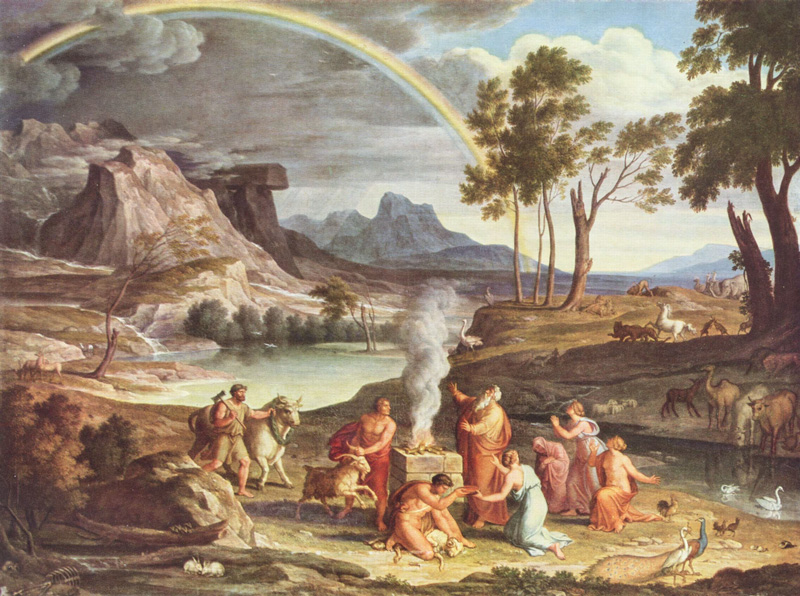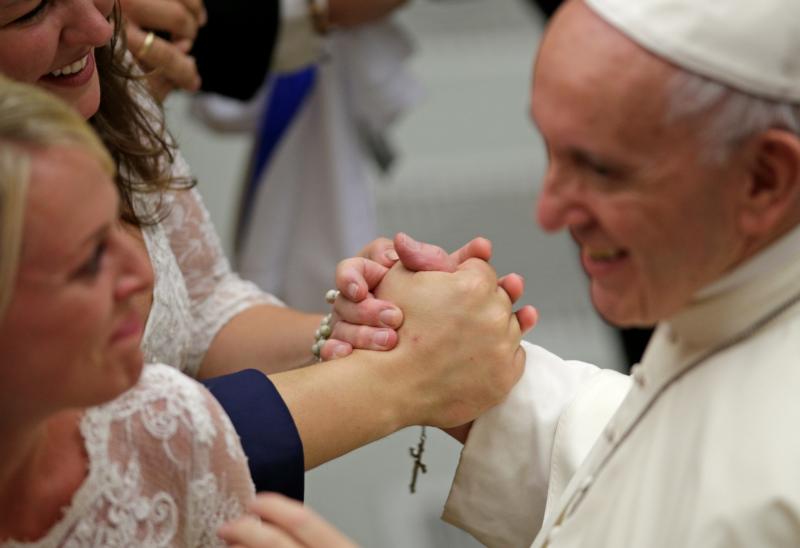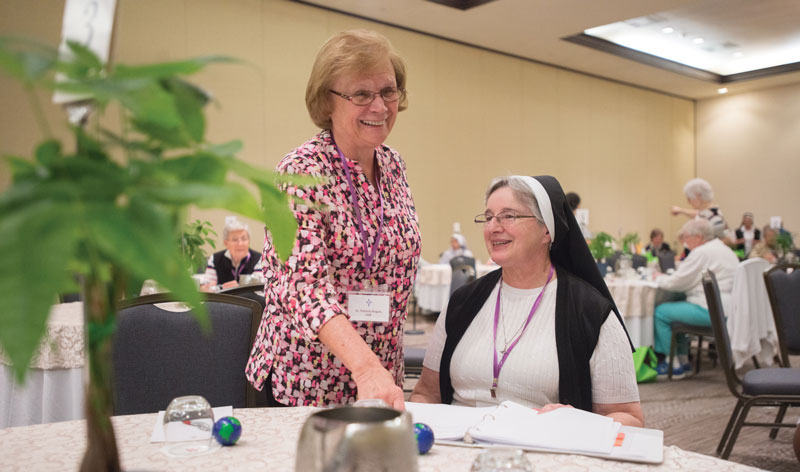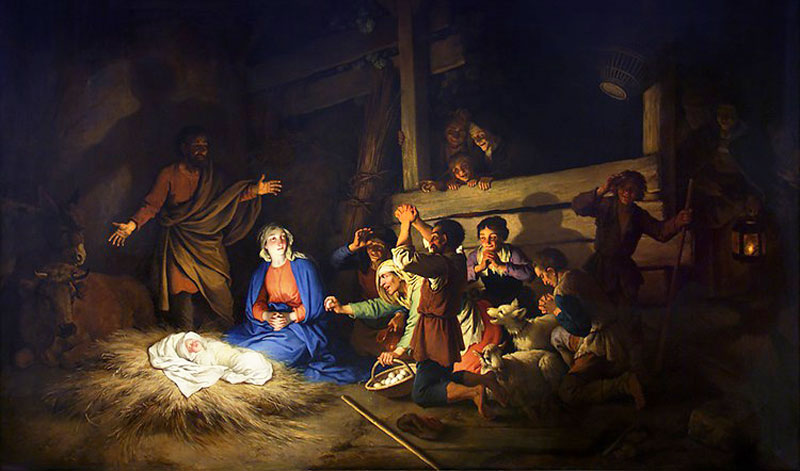
An immediately recognizable element in divine worship is the use of differing colors. From vestments to altar cloths, the Liturgy uses color to reflect God’s glory and our own human dispositions.
The very first thing God created was light. The light spectrum able to be seen consists of seven basic colors further divisible into thousands of shades. In a way, each color reflects the almighty’s power to create and sustain the multi-faceted universe in seven intervals.
After Noah’s flood, the rainbow was revealed as a reminder that clouds would never again destroy all mortal beings. Both Ezekiel and St. John see rainbows surrounding God’s throne in their visions of heaven.
The melding of rich colors, not easily obtained in the biblical milieu, showed the power of the almighty God. In fact, empirical science now says there are more colors in a single rainbow than there are stars in the sky!
All 100 million discernible rainbow colors are variants of red, yellow, green, blue, and violet, although Isaac Newton added orange and indigo as bridges between red-yellow and blue-violet. Each of these colors have meaning in the Scriptures.
Red is associated with life-blood in Genesis and Jesus’ New Covenant in Matthew while yellow, or gold symbolizes what is most precious and strong. From Genesis to Luke, green means life and eternity whereas blue stipulates wealth and Heaven itself.
Violet was extracted from a rare shellfish and so it became a symbol of royalty in the Book of Judges. White, as a combination of all colors in the light spectrum, was equated with purity, joy and glory.
It is thought that for the first centuries white and gold were the only liturgical colors used. What better colors to make present the purity and glory of the precious King of Kings!
Yet, since the rainbow multiplicity of colors was associated with God’s might and dwelling place, other hues were inserted into Christian worship as believers celebrate God’s favor in Christ and His power to bring life from death actualized in bread and wine.
Liturgically, red took the meaning of Christ’s burning charity and the generosity of the martyrs who died like Him. Green reflected eternal life in Christ.
Violet showed Christ as Universal King and the disciple’s imitation of His self-denial at specific times. Black was used for funerals because of its Biblical association with mourning and blue was used in some places for Mary and/or Advent, by whom and when the wealth of heaven came to earth.
Rose became employable at the mid-point of Advent and Lent. It showed how the heavenly light of the Nativity and the resurrection begins to dawn in the midst of self-denial.
All of these colors, even black, may still be used in the Liturgy today.
Culturally, colored ribbons and bracelets are used to raise awareness for troops, those suffering from illnesses and even political causes. Liturgically, colors are used to elicit awareness of the almighty God, who continues to favor creation with His saving power.



